One of the most interesting thing about the first round of the NCAA tournament is usually the intriguing match-ups it creates between teams who hardly — if ever — play each other. Last year, the Longhorns were scheduled to face New Mexico State for the first time in 16 years, so we decided to put out our own scouting report to familiarize fans of the (other) Aggies with their opponents. And considering how big football is in Texas, it’s safe to say that the LRT scouting report might even be useful for Longhorn fans who were a little late joining the basketball party.
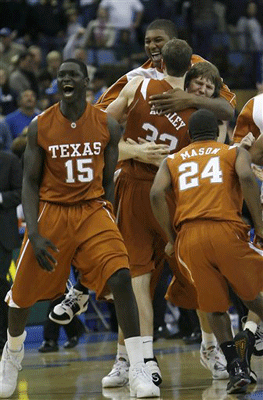
There’s a lot to cheer about in Austin these days
(Photo credit: AP/Gus Ruelas) 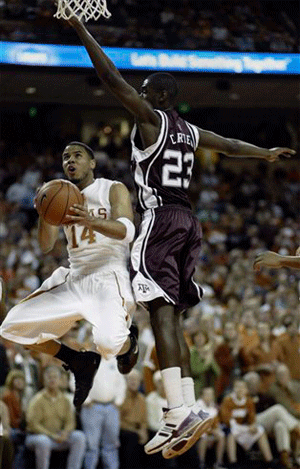
D.J. Augustin has the Longhorns flying high
(Photo credit: Harry Cabluck/Associated Press) 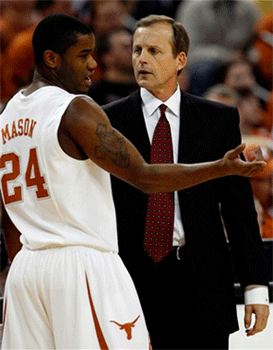
Justin Mason provides the glue for the Longhorns
(Photo credit: Harry Cabluck/Associated Press) 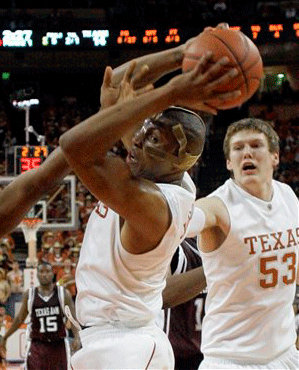
Gary Johnson could be the X-factor for Texas
(Photo credit: Harry Cabluck/Associated Press) 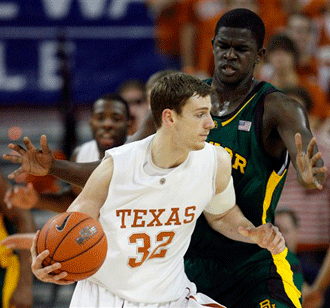
Connor Atchley must control his fouls during the tourney
(Photo credit: Harry Cabluck/Associated Press) |













